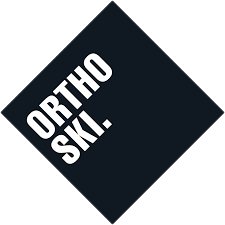Is it normal to have sore calves after skiing?
Sometimes hiking is easier on the calves than skiing
No one likes to blame their equipment (okay, plenty of us blame the equipment) but skiing is an equipment intensive sport, and if the boots aren't right, it can really slow you down (or have you riding the chair lift in silent agony).
One of the most common issues we see with ski boots, that often flies under the radar, are boots that are TOO SOFT. And this is the biggest cause of sore calves from skiing. And no, calves should not be sore after skiing.
In the shop they feel great, they’re the right size, great brand, good toe space, favourite colour of black with a dash of rose gold. But get them out on the slopes and your calves are cramping, your toes are sore and going numb and you have lost all confidence in your skis.
It’s not you. It’s your equipment.
A ski boot needs to be relatively stiff, so that it can translate your weight and the force of your movements into the ski in order to control it – particularly important to have your energy in the front of the ski when initiating a turn. If the boot is too soft, then your foot and leg have to do all the extra work that the boot should be doing for you, and it’s more than they can bear. Essentially, you’re fighting with your equipment to make it do what you want rather than working synergistically (do you like that one?).
What’s even worse is that leaning into a soft boot puts a skier in an unstable position and the usual response is to lean back on the boot because even the softest ski boot will not bend backwards. And now you are leaning on your calves and pushing your toes all the way to the front of the boot. Next in line is your quads – they feel like you’ve been doing wall sits for the last two hours hours.
Nearly all ski boots will have a flex rating of between 70 and 130 (race boots can go way higher, but this is only a retail guide). The simple test we use to check boot flex is that the boot should stop moving before your heel comes off the ground. If you stop moving forward before your boot does, then the boot will not translate your weight to the ski and your feet and calves will be forced to do the job instead.
This is one of the reasons that we complete a podiatry-based ski assessment for every ski boot fit and every ski boot modification – to make sure that we catch the little details that can derail your entire ski experience.

